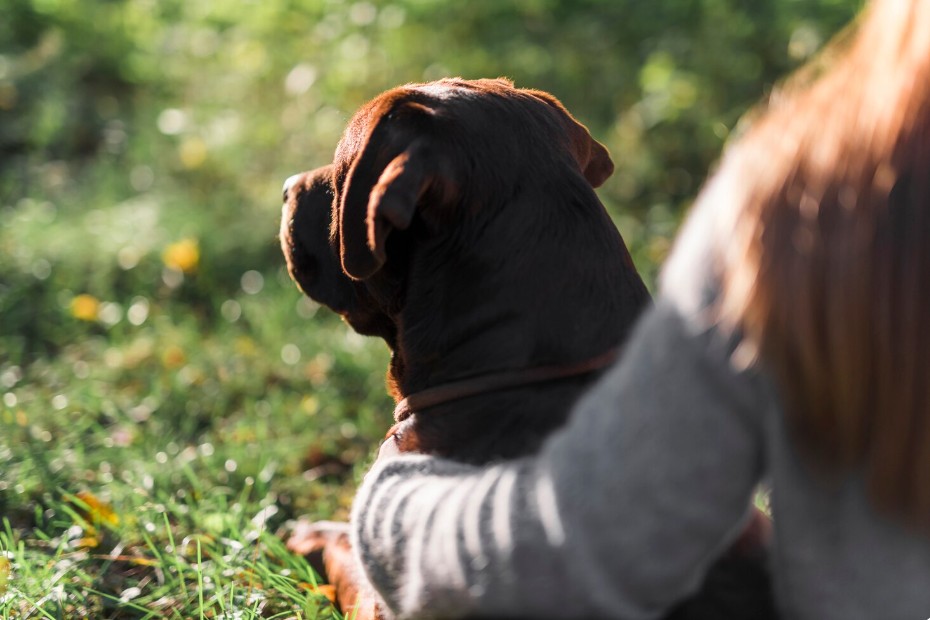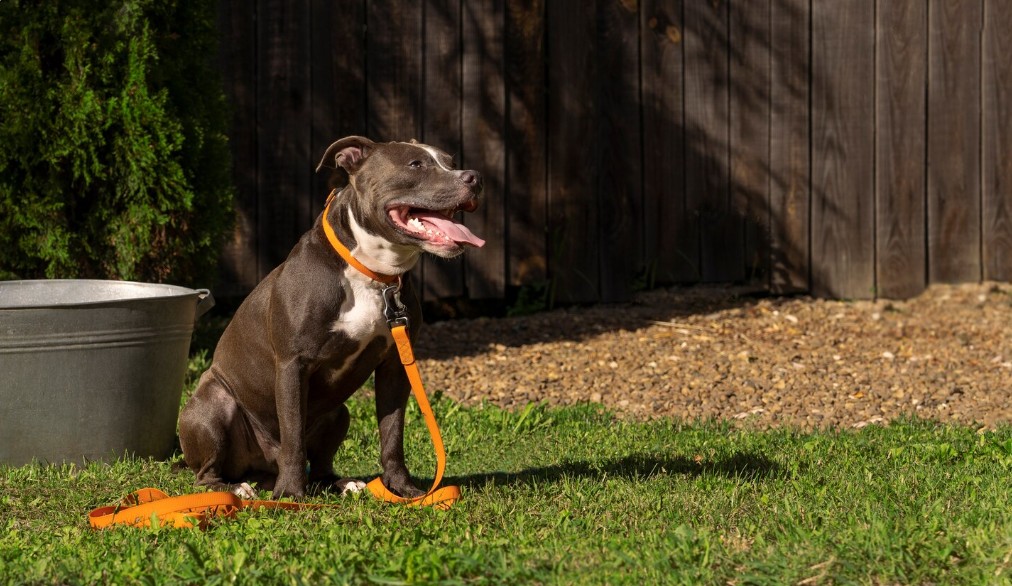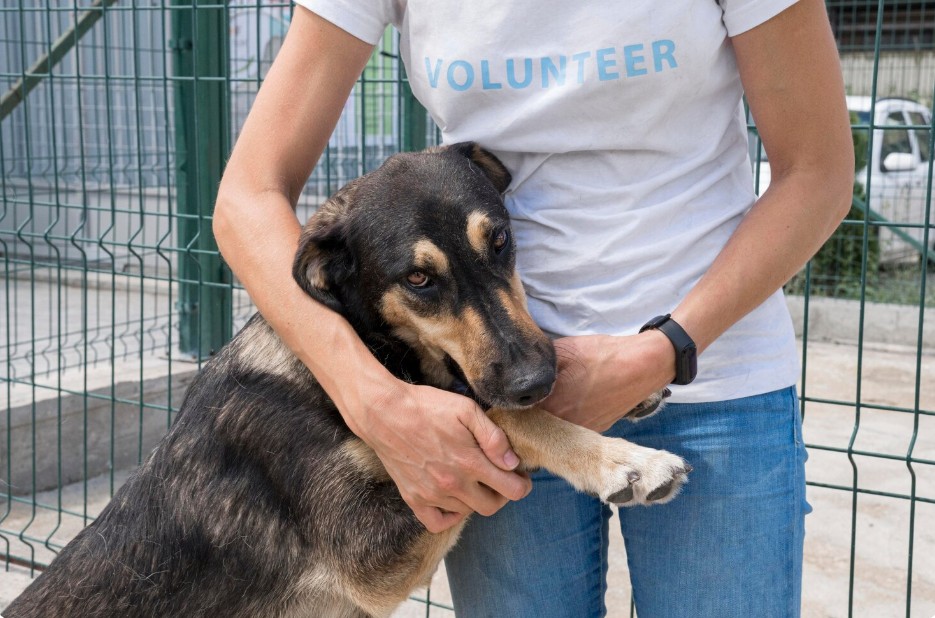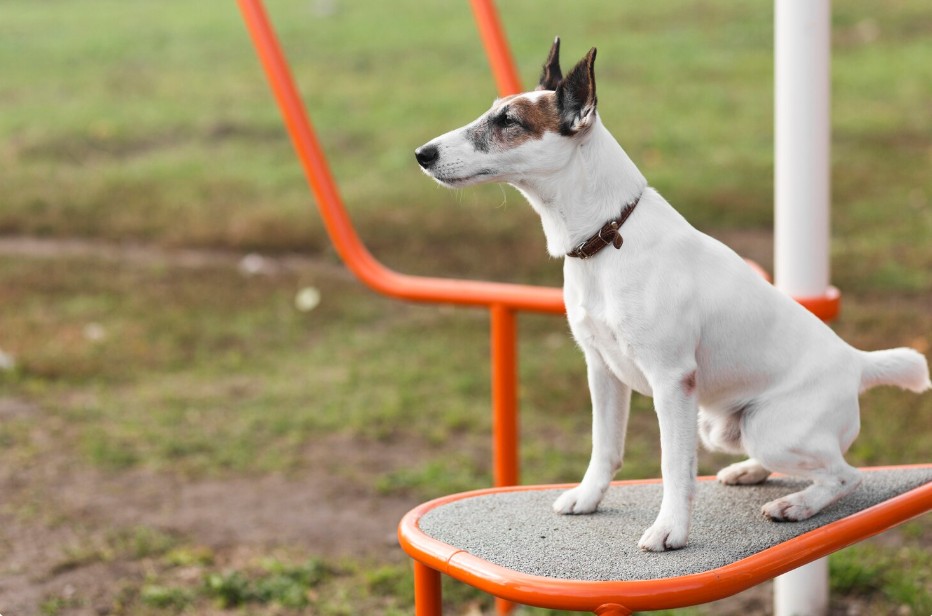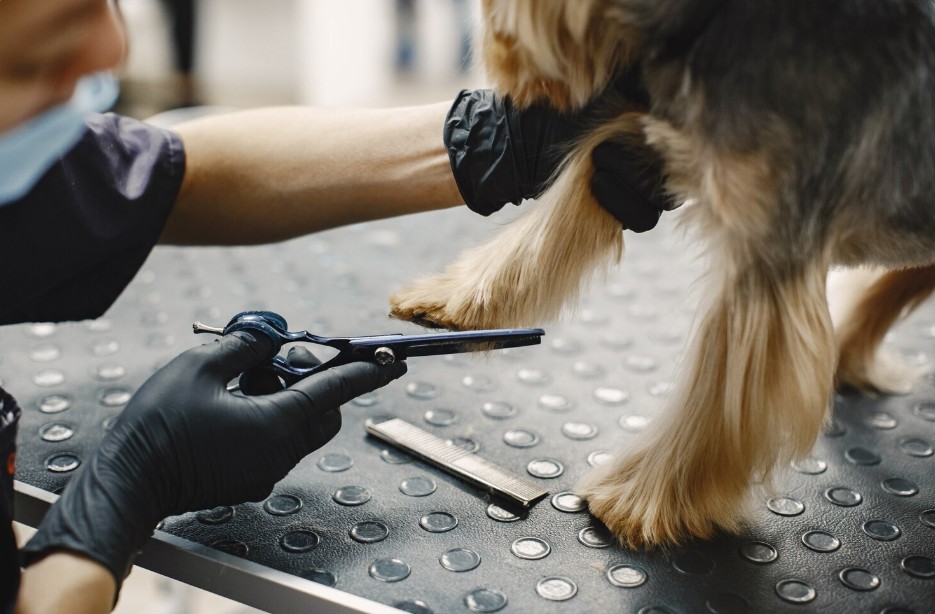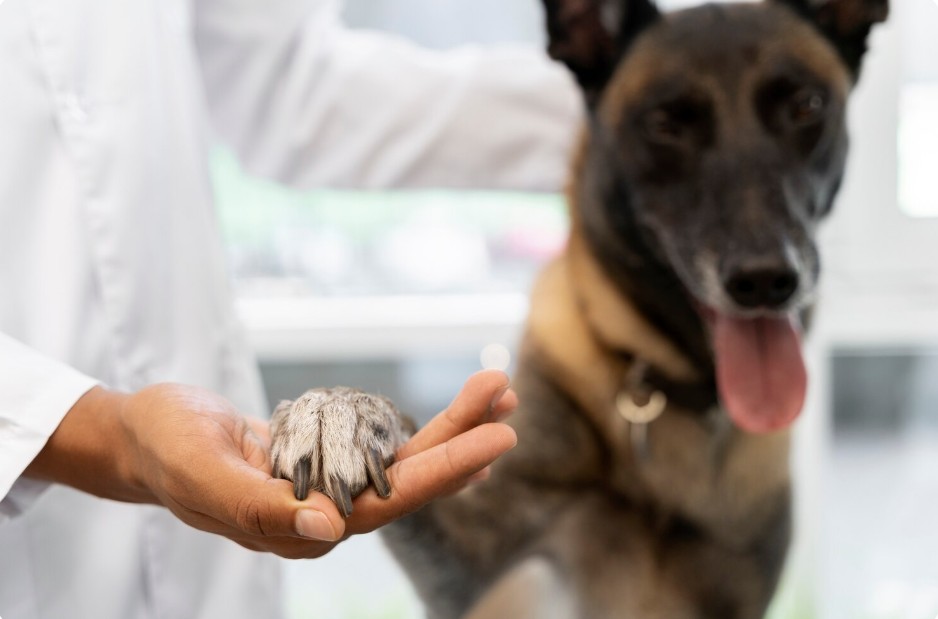Leaving your dog at a boarding facility can feel stressful, even when you’ve done your research. For most pet owners, dogs are family, so trusting someone else to care for them while you’re away requires confidence and peace of mind. Unfortunately, not every facility operates with the same level of care and professionalism. Some boarding centers cut corners, leading to accidents, illness, or emotional distress for the dogs they’re supposed to protect.
Knowing how to recognize potential negligence before you book can help you avoid serious problems later. A little extra attention before drop-off can make a big difference for your pet’s safety and comfort.
Understanding What Dog Boarding Negligence Means
Dog boarding negligence occurs when a facility or its staff fails to provide the level of care and supervision reasonably expected in a boarding environment. This could mean not feeding dogs on time, leaving them unattended for long periods, ignoring medical needs, or housing incompatible dogs together. In severe cases, negligence can result in injuries, infections, or trauma that require veterinary attention.
It’s important to understand that negligence doesn’t always come from intentional harm. Sometimes, it stems from overcrowding, poor staff training, or lack of clear procedures. Recognizing these red flags early helps you protect your dog and make informed decisions about where to board them.
Common Red Flags to Watch For
There are several signs of bad dog boarding that every pet owner should know. One of the easiest ways to spot a problem is by paying attention during your initial visit. If the facility looks disorganized, smells unpleasant, or feels chaotic, that’s a warning sign. Clean, calm environments usually reflect good management and proper care.
Here are a few other red flags:
- Overcrowded kennels with limited space for movement
- Staff who appear untrained, distracted, or impatient
- No proof of vaccination requirements for incoming dogs
- Lack of proper ventilation or extreme indoor temperatures
- Absence of playtime, walks, or social interaction
Your instincts matter. If something feels off, it probably is. Neglect can happen in even the nicest-looking facilities, so take your time before committing.
Also Read: The Truth About K9 Boarding and Training Complaints
How Negligent Dog Boarding Facilities Put Pets at Risk
Some negligent dog boarding facilities fail to maintain adequate supervision, which often leads to preventable injuries or stress-related behaviors. Dogs left alone too long can become anxious or aggressive. Others might develop illnesses from poor sanitation or shared food and water bowls.
Unsanitary conditions also raise the risk of parasites or contagious diseases spreading quickly among dogs. These facilities might also skip basic safety checks, such as ensuring gates are latched or separating dogs by size and temperament. Small lapses in care can snowball into major problems when multiple animals are involved.
As a pet owner, it’s heartbreaking to think your dog could suffer due to someone else’s carelessness. That’s why research, inspection, and preparation are so important.
The Importance of a Dog Kennel Safety Checklist
Before boarding your dog anywhere, it’s smart to create and follow a dog kennel safety checklist. This helps you stay focused during your visit and ensures you don’t overlook key details.
Your checklist might include items like:
- Clean and odor-free sleeping areas
- Secure fencing and sturdy kennel doors
- Fresh water and proper food storage
- Staff-to-dog ratio that allows close supervision
- Emergency plans and access to veterinary care
- Temperature control and safe ventilation
- Scheduled playtime and exercise routines
By taking notes during your tour, you can compare facilities objectively rather than relying on first impressions. Bringing a printed checklist also signals to staff that you take your dog’s care seriously, which often encourages more transparent communication.
Questions to Ask Before Booking
In addition to inspecting the space, ask plenty of questions. Responsible facilities welcome them and are happy to explain their policies. Some good ones to start with include:
- How often are dogs supervised or checked on?
- What happens if a dog becomes sick or injured?
- Are vaccinations and health checks required for all pets?
- How are aggressive behaviors handled?
- Can I see the outdoor and play areas?
The answers you get will reveal a lot about how the facility operates. A place that hesitates or avoids detailed responses might not meet your expectations for safety or professionalism.
Trusting the Right Facility
When it comes to boarding your pet, peace of mind is priceless. Facilities that maintain clear communication, allow tours, and share their safety protocols openly tend to provide the best care. Avoid places that seem defensive or dismissive when asked about standards or procedures.
Reputable kennels take time to learn about your dog’s personality, diet, and health conditions. They keep detailed records and assign staff members who are trained to recognize signs of distress or illness. Most importantly, they treat every dog as if it were their own.
Taking Action When Something Goes Wrong
If you suspect dog boarding negligence, act quickly. Pick up your pet, document the issue with photos or vet reports, and report the incident to local authorities or animal welfare organizations. It’s also wise to leave a factual review to help other pet owners avoid similar experiences.
Dogs rely entirely on us for protection, so it’s our job to speak up when something isn’t right. By holding negligent dog boarding facilities accountable, you help raise standards across the entire pet care community.
Final Thoughts
Choosing where to board your dog shouldn’t be taken lightly. By staying alert to the signs of bad dog boarding and following a thorough dog kennel safety checklist, you can greatly reduce the risk of harm or neglect.
Every pet deserves a clean, safe, and loving environment, even when you can’t be there. A little extra research and attention up front can make all the difference later. Your dog’s comfort, health, and happiness depend on it—and that’s worth every minute you spend making the right choice.

